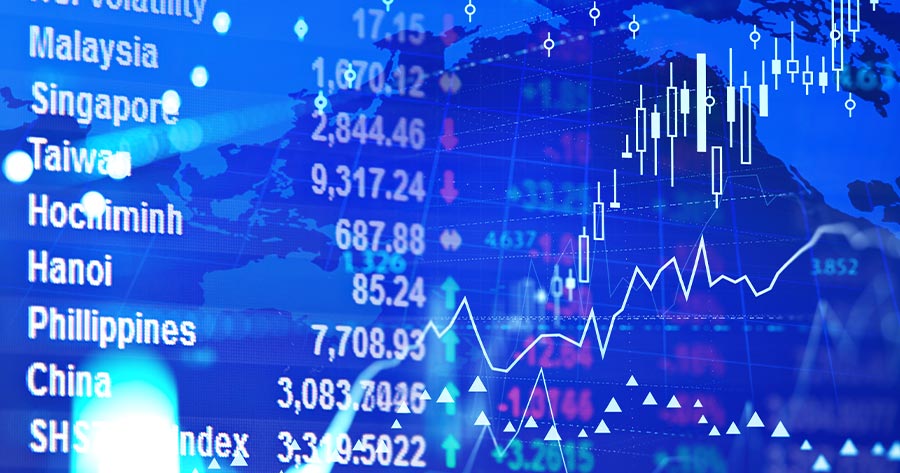On Tuesday morning (26 August, 9:15 AM, GMT+7, Bangkok time), most major indices in Asia Pacific exhibited a downward trend following developments in the United States.
U.S. President Donald Trump escalated trade tensions with China on Monday, declaring that Beijing must provide the U.S. with magnets or face tariffs soaring to 200%. The comment comes as China intensifies its grip on rare earth exports, adding certain rare earth elements and magnets to a restricted list in April in response to increased American tariffs.
Trump also pledged to introduce sweeping new tariffs and block U.S. semiconductor exports to any nation continuing to enforce digital services taxes or related measures targeting American tech firms.
On top of that, the president has dismissed Federal Reserve Governor Lisa Cook, accusing her of allegedly providing false information on her mortgage applications.
Japan’s NIKKEI dropped by 1.1% to 42,336.51. South Korea’s KOSPI fell by 0.86% to 3,182.37, and Australia’s ASX 200 declined by 0.36% to 8,939.9.
As for stocks in China, Shanghai’s SSEC shrank by 0.21% to 3,875.26. Hong Kong’s HSI slid by 0.42% to 25,722.1, while Shenzhen’s SZI rose by 0.11% to 12,454.23.
The U.S. stock markets edged down on Monday as the Dow Jones Industrial Average (DJIA) lost 0.77% to 45,282.47. NASDAQ contracted by 0.22% to 21,449.29, and S&P 500 dipped by 0.43% to 6,439.32. VIX surged by 4.01% to 14.79.
As for commodities, oil prices settled higher on Monday as market participants braced for heightened U.S. sanctions targeting Russian oil and potential Ukrainian strikes on Russian energy assets—factors that could threaten global supply. Brent futures increased $1.07 or 1.58% to $68.80 a barrel, and the West Texas Intermediate (WTI) advanced $1.14 or 1.79% to $64.80 per barrel.
This morning, Brent futures decreased 29 cents or 0.42% to $68.51 a barrel, and the West Texas Intermediate (WTI) dropped 31 cents or 0.48% to $64.49 per barrel.
Meanwhile, gold futures grew by 0.25% to $3,425.9 per Troy ounce.




